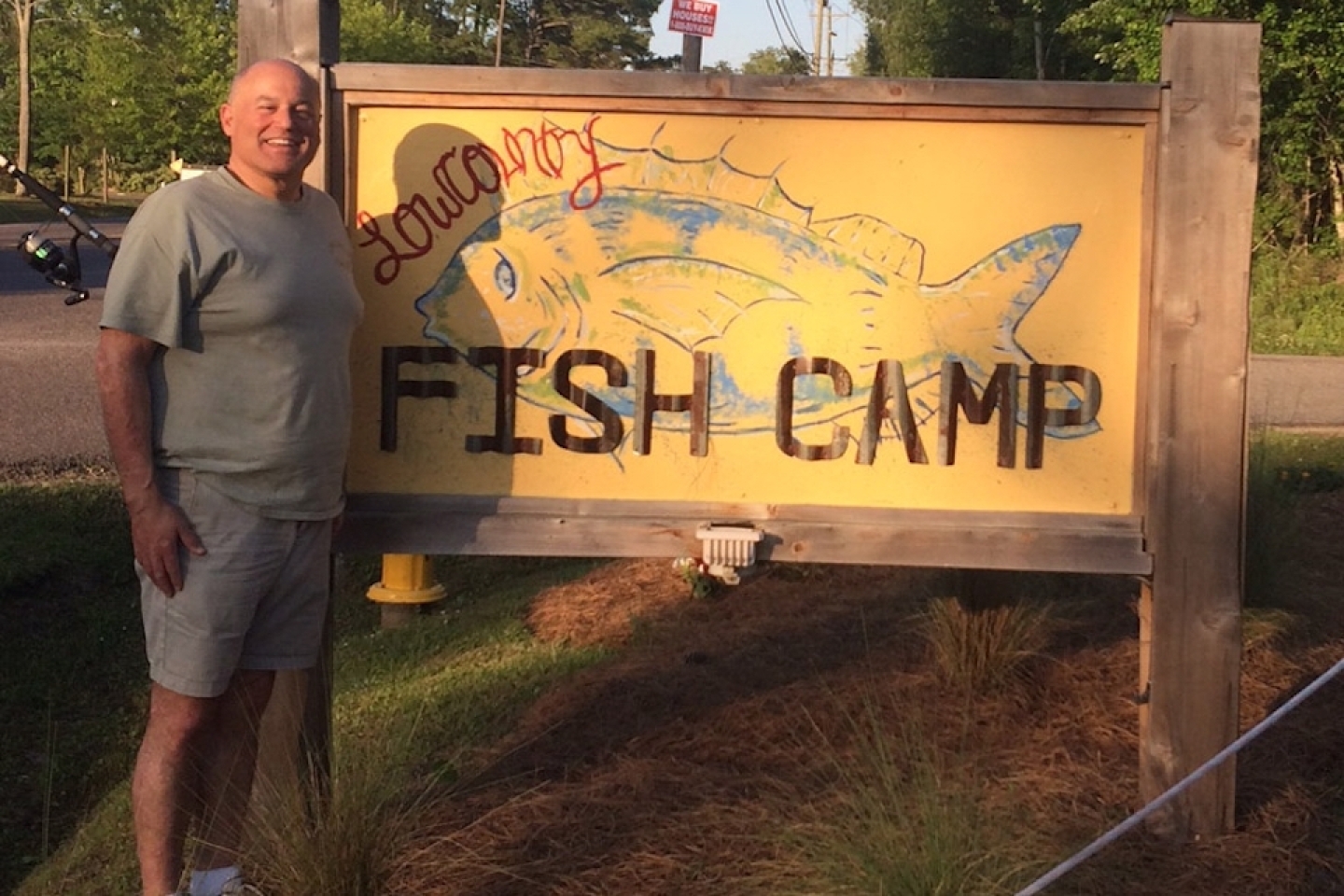
In 2013, 48-year-old Andrew Kampel had a stressful job as an attorney. He managed his stress with alcohol and food, always planning to make changes but never quite getting around to it. One night he was out with friends in Manhattan. As he was walking home, he began to feel unwell.
“The next thing I remembered, I couldn’t open my door,” Kampel says on Weill Cornell Medicine’s Back to Health podcast. “I knocked on my next door neighbor's door and said, ‘I need help.’ She called 911, and an ambulance came very quickly.”
In the emergency room, doctors quickly realized that Kampel had experienced a stroke. He was given an injection of clot-busting medication, and the rest was a blur for him.
“For the next five days, I was mostly unconscious and can only remember snippets,” Kampel says. “Eventually I was moved into a rehabilitation facility. After two weeks, I was sent home.”
The majority of people who have strokes are over the age of 60, so Kampel’s case was unusual. And unlike most strokes, Kampel’s stroke was not caused by a blood clot formed due to arterial blockages from fatty buildup.
“Andrew had a dissection—a tear—of a vertebral artery, which is extremely rare but is one of the most common causes of stroke in a young person,” says Dr. Matthew Fink, chair of the Department Of Neurology at Weill Cornell Medical College and neurologist-in-chief at NewYork-Presbyterian Hospital, Weill Cornell Medical Center. “Dissections usually occur from some type of extreme physical action of the neck, twisting or bending, and that’s probably what happened to him. However, Andrew also had several risk factors for stroke, such as stress, being overweight, not eating well, drinking too much, and not getting enough exercise.”
When a stroke is suspected, time makes all the difference. Luckily, Kampel’s neighbor was able to spot the signs of stroke and call for emergency help.
“Everyone should know the acronym BE FAST to remember the signs of a stroke,” Dr. Fink says. “Recognizing the signs helps to ensure prompt treatment and save lives.”
“We use the expression, ‘Time is brain,’” Dr. Fink says. “The faster those procedures are done, the higher the probability that the person is going to make a complete recovery.”
After his stroke, Kampel started physical, occupational and speech therapy, while continuing to see his Weill Cornell Medicine neurology team.
“At my first appointment with Dr. Fink, he told me that I had to completely change my diet and get more exercise,” Kampel says. “At first, I could only walk 20 minutes, but within six months I was able to walk for over two hours.”
Years out from his stroke, Kampel continues to maintain his weight loss, healthy eating habits, and exercise program. He’s even learned to let go of stress.
“I’ve changed my attitude along with my diet, and now I am in a good place in my life,” Kampel says. “I feel that I can accomplish anything. And that's what Dr. Fink helped me achieve.”
Want to improve your cardiovascular health and reduce your risk of a stroke? Weill Cornell Medicine providers can help. Find a doctor.